Got your Norwegian residence permit? Now sign up for these other services
- By Robyn Lee
- Mar 29, 2018
- Comments
Did you move to Norway and get your temporary residence permit approved? Woohoo! Bask in the warm 'n fuzzy glow of legally-binding acceptance!
BUT YOU AIN'T DONE YET. That is, assuming you also want a bank account, a doctor, Norwegian classes, and more.
Here's a basic list of services to check out after you get your residence permit in Norway. Some of these rely on you having a residence permit, some don't. The first step is the most important, while everything else is in a mixed order of what I think is important and what fits the theme. Your order of importance may be completely different.
If you have any questions or suggestions for this list, please let me know by leaving a comment at the end of the post or sending me a message at roboppy@gmail.com.
Notify tax office of your move and receive a national ID number
After getting your residence card, you have to report your move to Norway at the tax office (Skatteetaten). No appointment neccessary—just show up with the correct forms and documents. In Bergen, the tax office is located by the main bus station at Nonnesetergaten 4.
Registering at the tax office will get you your national ID number (fødselsnummer). Your ID number is your key to the kingdom. Once you get the number, memorize it. YOU WILL USE IT A LOT. It's like a social security number in the US but used far more often. You'll need your national ID number to sign up for government services, sign into government websites, get credit checks, sign up for phone plans, etc. But don't give out your ID number unless absolutely necessary—it can be used to steal your identity.
Set up a bank account
Now that you have a national ID number, you can get a bank account! ...Maybe. It depends on the bank.
For my first attempt at getting a bank account, I went to DNB, the most international bank in Bergen. Alas, when I went to their office, an apologetic bank representative told me they don't give bank accounts to jobless bums (not her exact words, but close enough). [EDIT: The job requirement is for foreign residents, not Norwegian citizens.] I gave her an understanding smile to mask the crunching sound of my sense of self-worth shriveling up like a ball of foil.
Thankfully, Sparebanken Vest doesn't discriminate against jobless bums like me. A very friendly bank dude signed me up for an account without any problem. So far, I give the bank thumbs up. One minor downside is that their website is in Norwegian, but it's easy enough to navigate with a translator until you learn enough Norwegian banking vocabulary.
Get Bankid (or MinID)
Now that you have a bank account, you can sign up for BankID. BankID is one of a few options under the ID-porten system that allows you to log into a bagillion Norwegian government services, sort of like using Facebook or Google to log into the rest of the internet. You don't have to use BankID to do this—I'm just singling it out it because that's the option I use.
As the name implies, to use BankID you need to have a bank account. To log into a website with BankID you'll have to use the security token generator you received from your bank when you signed up, along with your national identity number and password. When I travel, I sometimes bring my security token generator with me just in case I need to log into something while I'm away.
If you don't have an bank account, sign up for MinID.
Find your doctor and other health information at Helsenorge.no
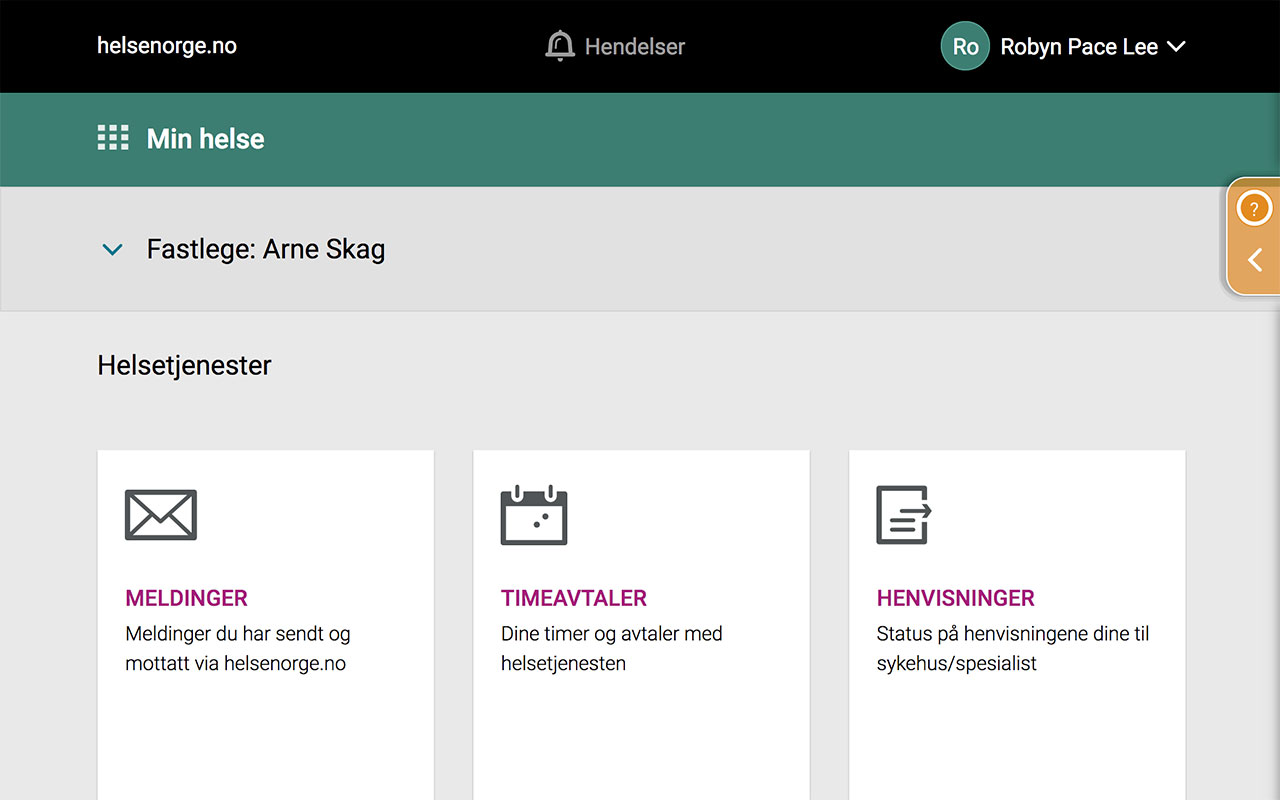
- Screenshot from minhelse.helsenorge.no.
Head to Helsenorge.no to learn about public health services in Norway. For personalized information, log into minhelse.helsenorge.no to look up your GP (fastlege), your prescriptions, how much you've spent on doctor's visits and prescription medication, and more. Your GP is automatically assigned—you can switch your doctor up to two times a year if you want. Since I haven't used a lot of medical services in Norway yet, I can't comment much on the site's other features. Seeing how much I've spent each year is pretty handy, though.
Apply for a European Health Insurance Card
You're set for health care in Norway, but for other parts of Europe, you should get a (free) European Health Insurance Card. The card is valid in EEA countries for certain kinds of health care. Read more about it at helsenorge.no. From there you can access a form to order your card.
Register for Norwegian classes at your local school
If you plan on applying for permanent residency or citizenship someday, you'll probably have to prove you've reached a certain level of Norwegian as part of your application. Luckily, you might qualify for free Norwegian classes. While you may not need Norwegian classes to reach the minimum levels for permanent residency or citizenship, you should take advantage of the classes if they're free.
When you get your residence permit, your local immigration office should give you information about your Norwegian class requirements, whether or not you have the right to free classes, and where to register for classes (and if they don't give you this information, ask them). If you live in Bergen, you'll register at Nygård skole.
(I'm writing a separate post about the Norwegian language requirement and my experience taking Norwegian classes. When it's up, I'll link it here.)
Set up your physical mailbox
Put your name on your mailbox as soon as you move to Norway (and if there's an old name on your mailbox, make sure to fully remove or cover it). If your mailbox is outside, make sure the label is weather-proof. If you live in an apartment building, do not just label the mailbox with your apartment number. Write your name clearly, ideally typed out, with your full first and last name. Basically, the easier your name is to read and the more information you give the mailman, the easier it is for them to deliver your mail. (If you want to write your name in tiny squiggly cursive with a hard-lead pencil, and only use your first initial plus your last name, just keep in mind that you're making your mailman's life harder. I say this from experience as a part-time mailman in downtown Bergen.)
If you don't want to receive the ads that get mailed out to everyone a few times a week, get a "Nei, Takk" sticker from your local post office or attach some sort of note on the outside of your mailbox that says "nei takk til uadressert reklame". It doesn't have to be fancy, just clearly visible. (Only private entities can refuse ads. Businesses cannot refuse ads. There are certain ads that are only delivered to businesses, and having a "Nei, takk" sticker won't stop them.)
If you're moving within Norway, follow the steps at Posten.no to ensure that your mail gets forwarded to your new address. Besides that doing so makes the post office's life easier, you'll get free forwarding for two months, so there's no reason not to do it.
Set up your digital mailbox at Digipost.no
Use Digipost to securely receive mail from certain public and private entities. For example, I've gotten mail here from health services, the police office, my employer, and the tax office. I don't get much mail through here, but it's nice to have a secure place for these types of messages.
Check out Altinn.no for tax forms and other stuff
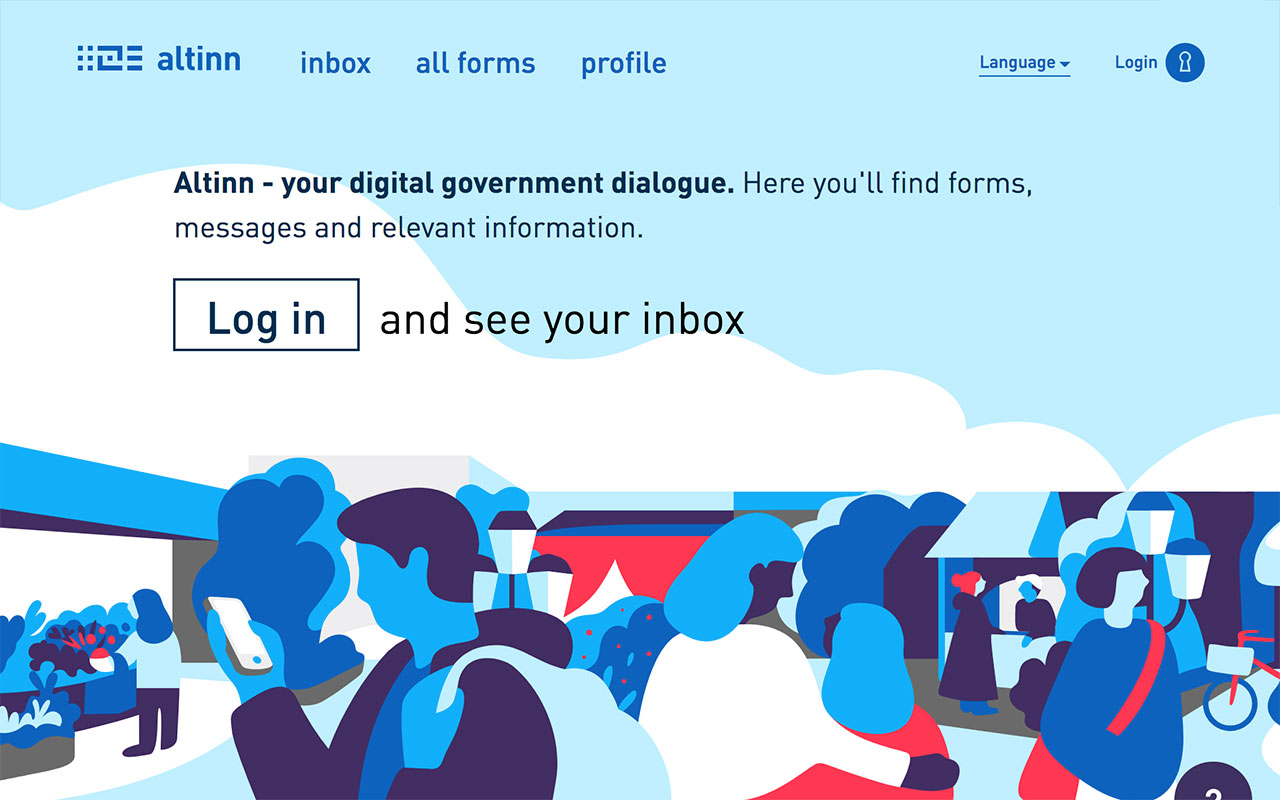
- Screenshot from Altinn.no.
Altinn is your digital inbox and repository for all kinds of government-related forms, primarily tax and business forms up the wazoo. You don't sign up for it like Digipost—you automatically have access with Bank ID/MinID. My Altinn inbox is where I get important messages related to my taxes and my freelance business. You probably won't need Altinn until you do your taxes for the first time, but before then you can poke around to get familiar with the website.
Register a personal business (maybe)
Since I don't have a full-time job in Norway, I wanted the opportunity to at least do freelance work as a photographer or anything else people might be willing to pay me for (I have yet to figure out what the "anything else" is). In Norway you have to register a sole proprietorship business to earn money as a freelancer. It's free and easy to register—just check out the info at altinn.no/en/start-and-run-business.
Keep in mind that once you register your business, the personal information you registered is publicized by websites combing the business database. (Hell, I only realized now that my business has its own automated LinkedIn page.) Granted, this is probably what you want, unless you're like me and don't do much work through your business. My business info being out in the wild is why I get loads of sales calls, all of which I ignore thanks to the 180.no app.
Having your own business may also complicate your taxes. I can't explain much about how—I am the opposite of a tax expert—it's just something for you to keep in mind. The official tax website got redesigned over the last year and many of the pages have yet to be translated into English.
For making Norwegian invoices, I've used the website Conta Faktura. I can't compare it to other invoicing services since it's the only one I've used, but it's worked find for me.
Certify your foreign education in Norway at Nokut
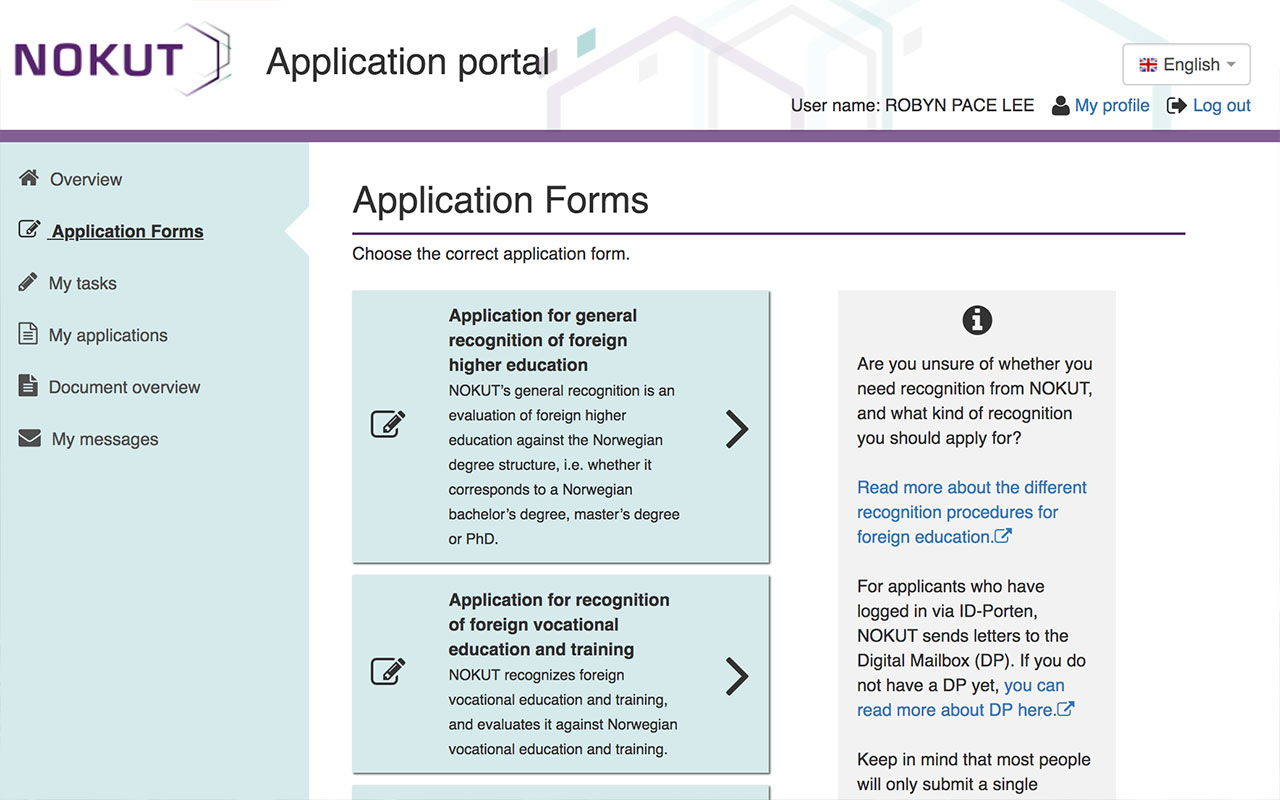
- Screenshot from the Nokut application portal.
Depending on what kind of job you want in Norway, you might have to get your foreign degree(s) evaluated to find their Norwegian counterparts. That's what Nokut is for. I did this for my undergraduate degree, even though it may not qualify me for much. But it's free and fairly easy to do, so why not.
Get a library card
In a country known for being expensive, take advantage of free books, movies, and events at your local library. Norway's national library card allows you to borrow media from just about any library in Norway. Go to your local library and they should be able to help get a card. After you sign up, you can also use eBokBib, an app for borrowing and downloading Norwegian e-books on your phone/tablet.
For those who live in Bergen, here's info about how to sign up. After that, you can use sign into mitt.bergenbibliotek.no to do stuff like search for books, reserve books, and extend your loans. Also download the Bibliofil app, which works like the website but also has a barcode you can use as your library card.
Get a public transportation card/app
Look up public transportation in your area and find out what travel card or app you should use, like Ruter in Oslo, AtB in Trondheim, or Kolombus in Stavanger.
If you live in Bergen, you'll be using Skyss to take the bus or Bybanen. You can order a travelcard online for free. I like to have a travelcard on hand even though I usually use the Skyss ticket app to buy tickets. Before you buy tickets, see if you qualify for any discounts. Also download the schedule app Skyss Travel to look up routes and timetables. When you buy a ticket on your phone, you activate it on your phone. It becomes valid after two minutes. If you're using a card or paper ticket from a machine, you activate it on the bus/Bybanen.
There's also a fairly new app called Entur where you can search for routes for public transport all around Norway, but it currently only allows you to buy tickets in the Oslo area.
Sign up for Vipps
Vipps is the standard payment app in Norway. Most people here use debit/credit cards instead of cash, and checks are basically nonexistent. If you want to pay back friends or send people money (and, you know, make it easier for other people to send YOU money), Vipps is the easiest way.
Get a driver's license
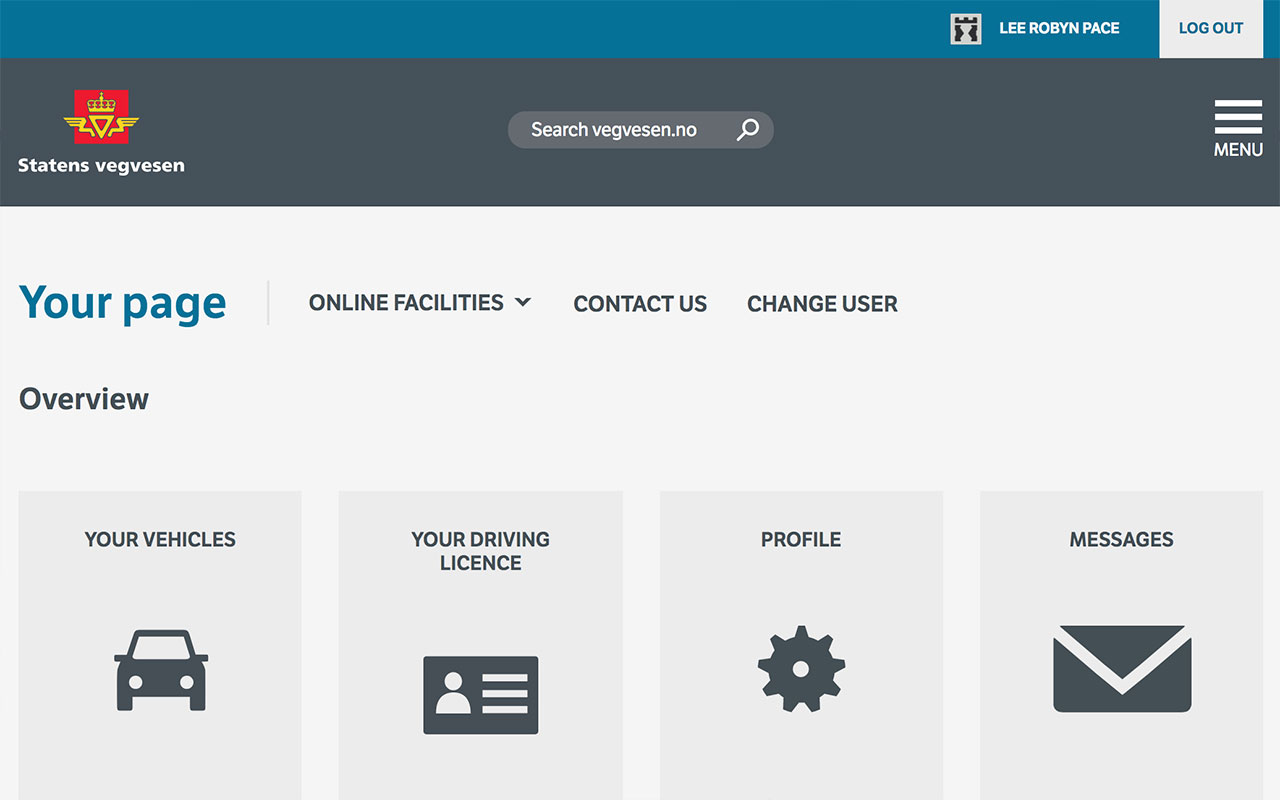
- Screenshot from vegvesen.no/dinside.
For all things car and driving-related, head to vegvesen.no. If you feel confident about your driving skills, allow me to shoot your confidence in the foot. A common gripe among immigrants (and probably Norwegians) is that it's difficult and expensive to get a driver's license here. The fees for classes and tests will cost you hundreds of US dollars. And if you fail the test over and over again, as I've heard some people have experienced, you could spend a small fortune getting your license.
And thus I haven't gotten my license yet. ...Also because I don't know how to drive manual, which I'd need to learn to use Kåre's car (yeah, I should've learned by now), and I enjoy being in the driver's seat as much as I enjoy being covered in infected mosquito bites. But these excuses are indefensible considering Norway makes it easier for people with US licenses to get a Norwegian license than people from some other countries. Check out the list of qualifying countries here. If you have a license from one of these countries, you can exchange your license to get exempt from certain requirements for your Norwegian license. Do it within one year of residency for the most exemptions. Within two years and you'll have more requirements, but not all of them. After that, you'll have to start from scratch. Read about the requirements and deadlines for exchanging your license here..
As for what "starting from scratch" entails, check out training timeline for a passenger car license. It's intense, at least compared to the driving lessons I took in New Jersey. After reading the training descriptions, I feel like I've never actually learned how to drive, even though I've had my NJ license for about 15 years and I drive fairly competently every time I'm back in the US ("fairly competently" = "haven't fully crashed into anything").
I'm ok with starting from scratch. It's for the best—as in, best for the safety of the innocent people around me—seeing as I'm not a great driver. I'm inordinately afraid of driving in Bergen for someone who's mostly driven on far more congested roads with less-skilled drivers. But until I pass the road test, I AM SWOLLEN WITH FEAR. I mean, good god, the road test is over an hour long. The road test I took in New Jersey as a teenager was some sort of five-minute, closed kiddie course. Don't get me wrong—I'm glad Norway takes their road safety much more seriously than New Jersey does—but can't stop thinking about my inevitable failure.
Sign up for a membership at your favorite supermarket chain (or all of them)
You'll probably be shopping at supermarkets more than any other store in Norway. So MILK 'EM FOR ALL THEY'RE WORTH. And maybe get free milk, as well as other discounts and freebies. There's Æ for Rema 1000, Trumf for Meny, Kiwi, Joker, and more, and Coop for the gajillion Coop chains.
Sign up at a price comparison website for online shopping
Amazon doesn't have a Norway-based website. If you moved from a country with Amazon, that's probably for the best. At least, I'm happy that I'm buying less unnecessary crap on a whim. But assuming you'll want to buy something online at some point, you should check out the price comparison websites Prisjakt or Prisguiden. They're about as close to Norwegian Amazon as you'll get. Type in the item you're looking for and those websites will show you online stores that sell it (Prisjakt also shows physical stores), as well as current prices, price history, stock info, shipping info, and reviews. Sign up for an account to save items you want to follow. It's a good way to get the best deals on pricier items.
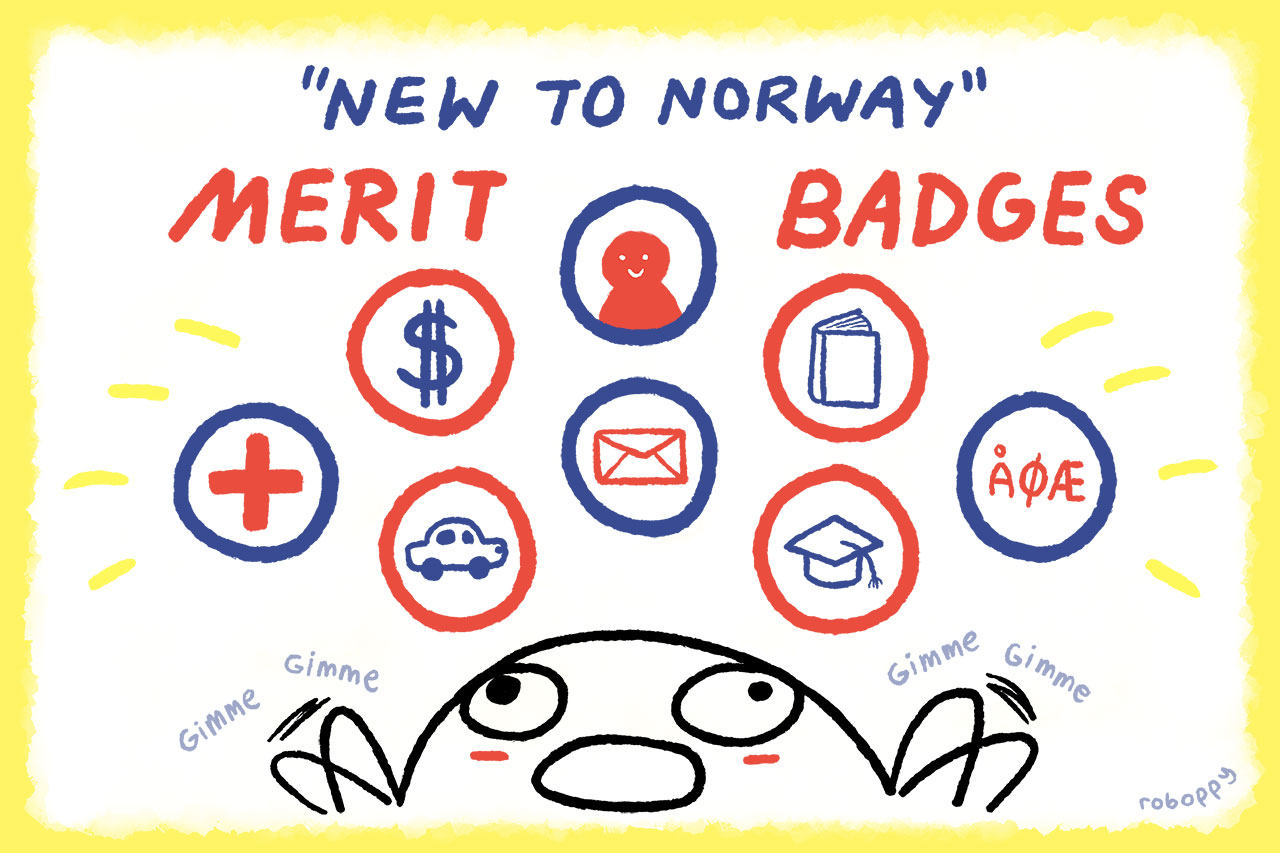
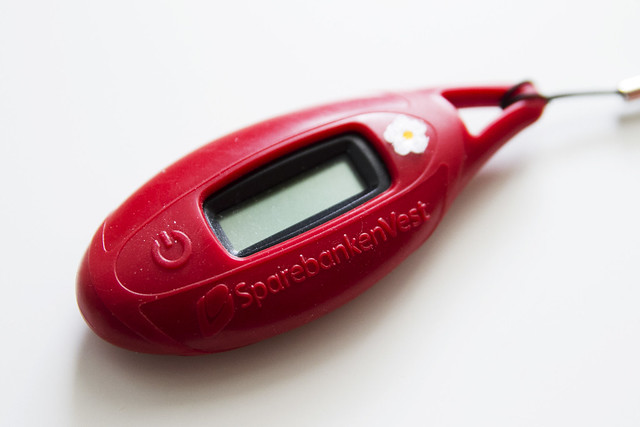

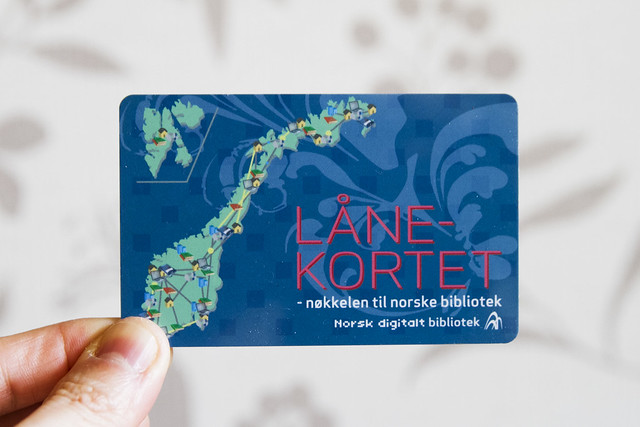
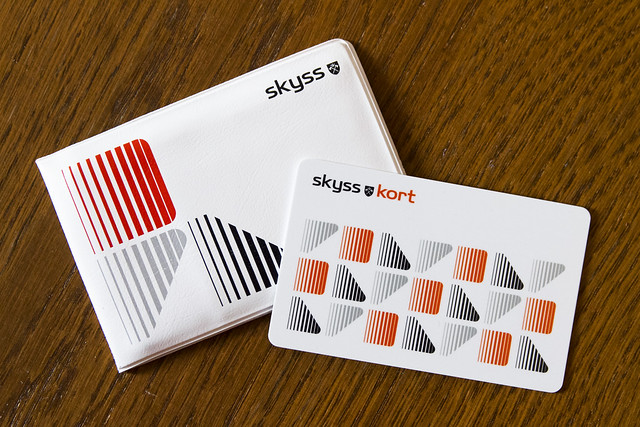
Comments